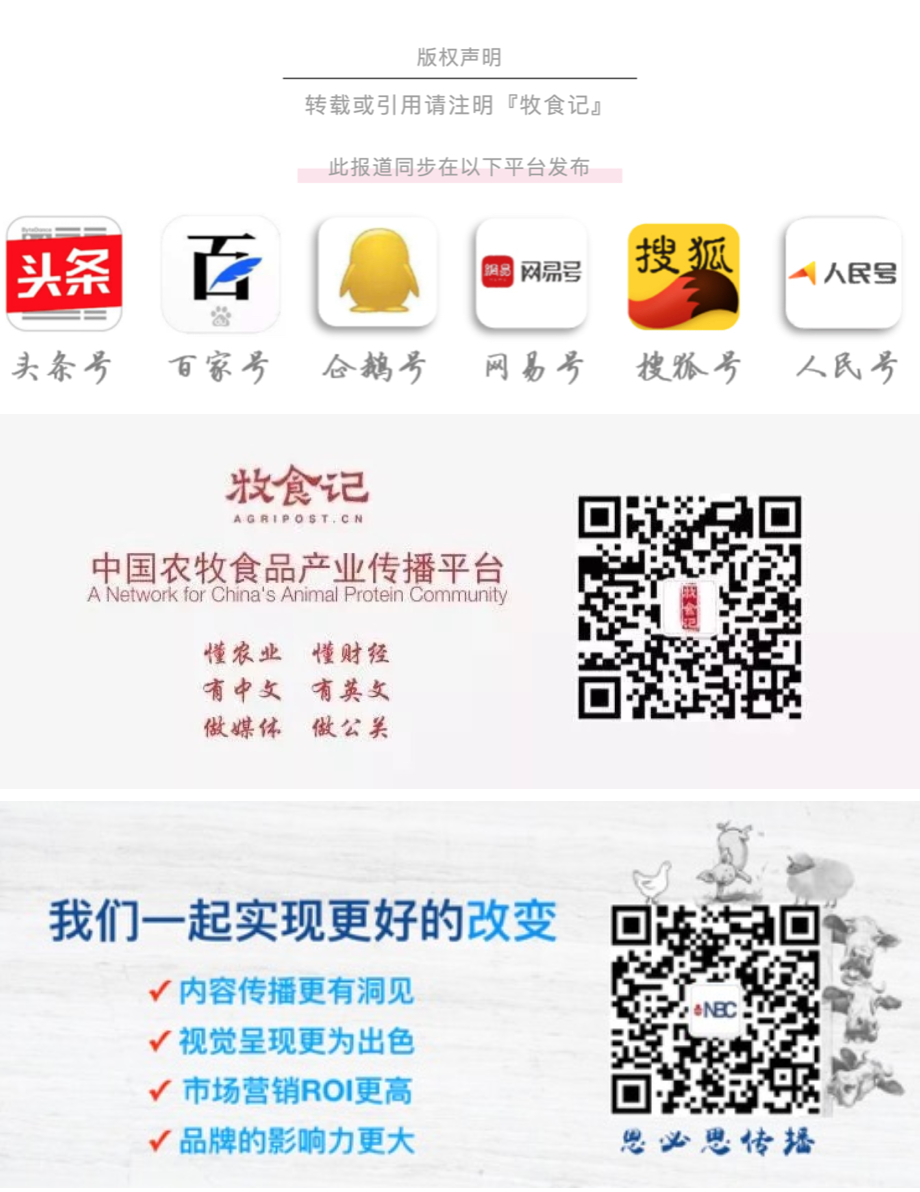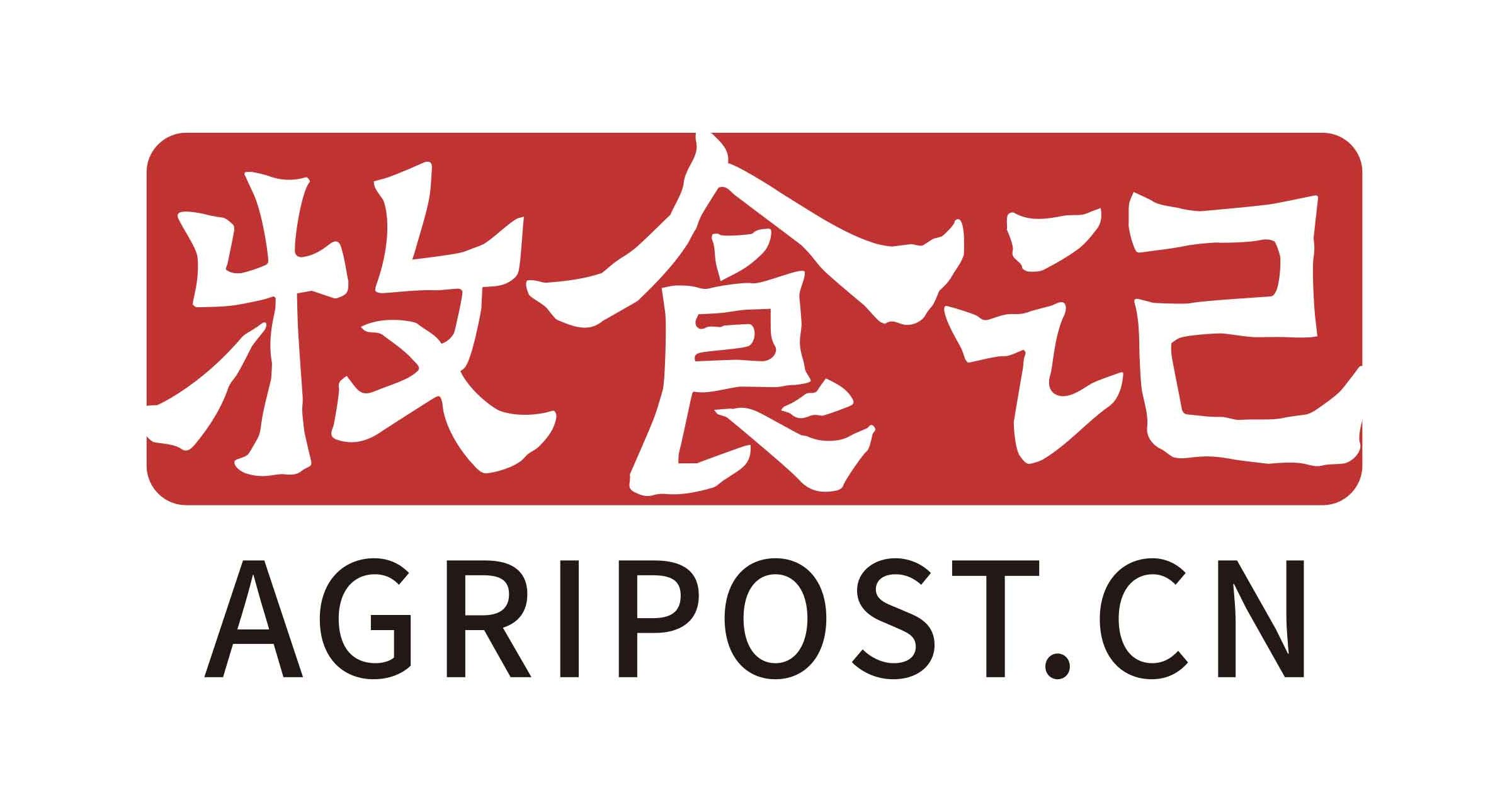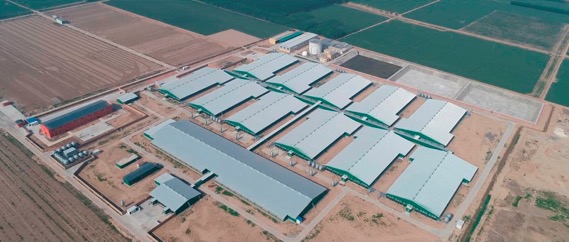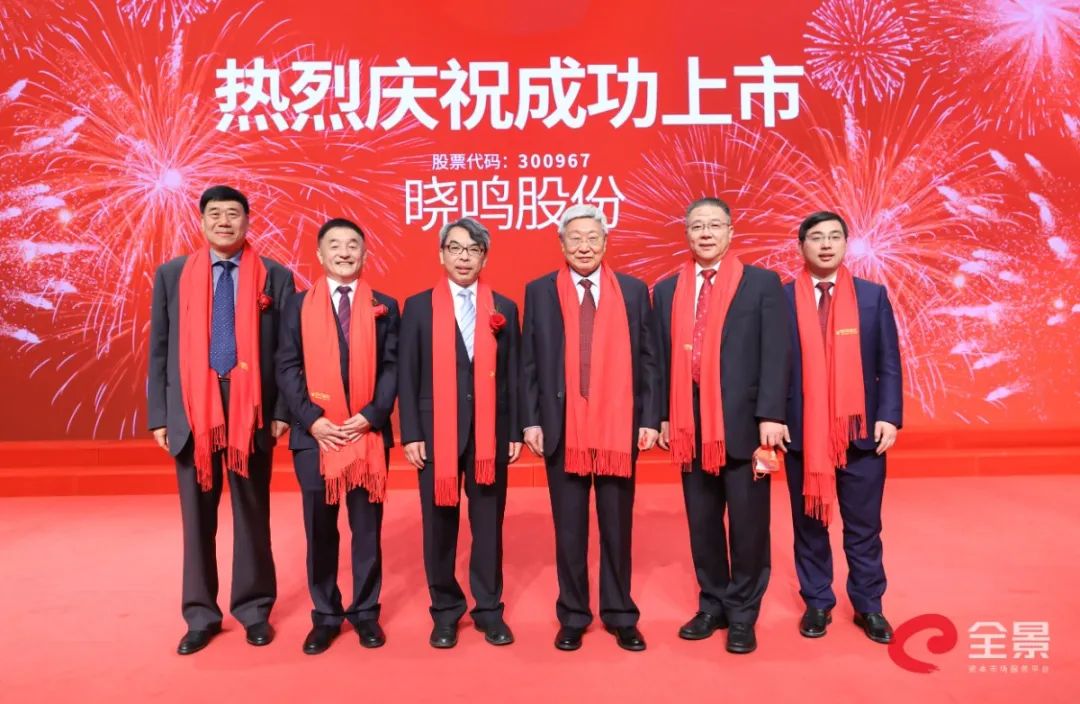As of November 2020, China’s hog production has achieved four consecutive months of Month-on-Month (MoM) growth and three consecutive months of Year-on-Year (YoY) growth. November’s hog slaughter volume increased by about 15% MoM and 50% YoY, indicating that the hog supply has rebounded significantly.

Dr. Zhu Zengyong, chief analyst of the pork industry chain with the Ministry of Agriculture and Rural Affairs (MOA), told an industry forum that in the short term, capital, technology, management, and talent are the main factors affecting the industry’s recovery from African Swine Fever.
For example, as the ASF outbreaks in the northern region were earlier than those in the south, so the speed, time and scale of recovery in the north are better. Meanwhile, since large-scale enterprises have the advantages of capital, technologies and talents, their recovery rates are significantly greater than small and medium-sized farms, contributing to a bottom-out of China’s pig production in Q3 2020.
However, Dr. Zhu noted that the recovery of breeding sows will still take more time. Such a recovery is varying significantly among different regions and different companies. “The structural optimization of sow herds will become one of the most important factors in the recovery of pig production .”
According to him, several features of China’s hog industry have become more apparent after the ASF outbreaks:
Firstly, the layout of pig farming has changed. Dr. Zhu believes that market, feed, environment, development level of urbanization and environmental protection-related policies are the main factors that affect the layout of the pig industry. Those affluent provinces such as Zhejiang and Guangdong will no longer major pig production regions in China, though their self-sufficiency will improve amid the recovery.On the other hand, the northeast regions with grain supply advantages, and southwest regions such as Guizhou and Yunnan that were less affected by ASF, will gradually elevate their pig farming status in the country.
Secondly, pig farming has entered a high-cost era. The cost of fattening a self-reproducing piglet has risen from about 14 CNY/Kg (2.16 USD/Kg) at the beginning of 2020 to more than 15 CNY/Kg (2.32 USD/Kg). Meanwhile, the cost of raising an outsourced piglet increased from about 18 CNY/Kg (2.78 USD/Kg) to 26-27 CNY/Kg (4.02-4.17 USD/Kg). Profits of the two models stood at about 1500 CNY/head (231.9 USD/head) and 500 CNY/head (77.3 USD/head) respectively. Low production efficiency, high feed costs, ASF, COVID-19, AGP-free initiatives and rising labor costs are all pushing up pig raising costs, said Dr. Zhu.
Thirdly, the hog industry will enter the stage of semi-monopoly by leading producers. In the short term, producers will enter the cost competition stage. Still, in the future, the competition among leading enterprises will transform into comprehensive abilities, such as scientific and technological strength, cost, automatic and intelligent farming, pork brands, etc., and the industrial chain will also be extended to upward and downstream, as well as finance.
Fourthly, the sales model will change from live hog transportation to meat delivery. Data shows that the rate of live pig transportation in China has dropped from 70% in the normal state to 37% after ASF. Under the policy guidance, pork will become the primary form for hog circulation. Dr. Zhu believes that a compensation mechanism between the production and consumption areas needs to be optimized under this model, and a subsidy of 100-200 CNY/head (15.46-30.92 USD/head) provided by the consumption areas is reasonable, so as to warm up the production enthusiasm and improve their infrastructures.
Fifthly, pork consumption will not increase significantly. China’s pork consumption peaked in 2014, followed by a slight decline during 2015-2018, standing at about 55 million tons. The pork consumption dropped to about 44 million tons in 2019 due to ASF that hit the capacity. From the perspective of consumption structure, pork is still the most popular meat in China, but its proportion has decreased. After the recovery of pig production capacity in the future, pork consumption will increase but remains at about 60%, according to Dr. Zhu.
Sixthly, the support policies began to adjust. The latest documents issued by the State Council, or China’s cabinet, indicates that the support policy on pig industry will gradually change from a quantity recovery to a quality development. New policies are expected to focus on production efficiency and product quality in a modern pig sector.
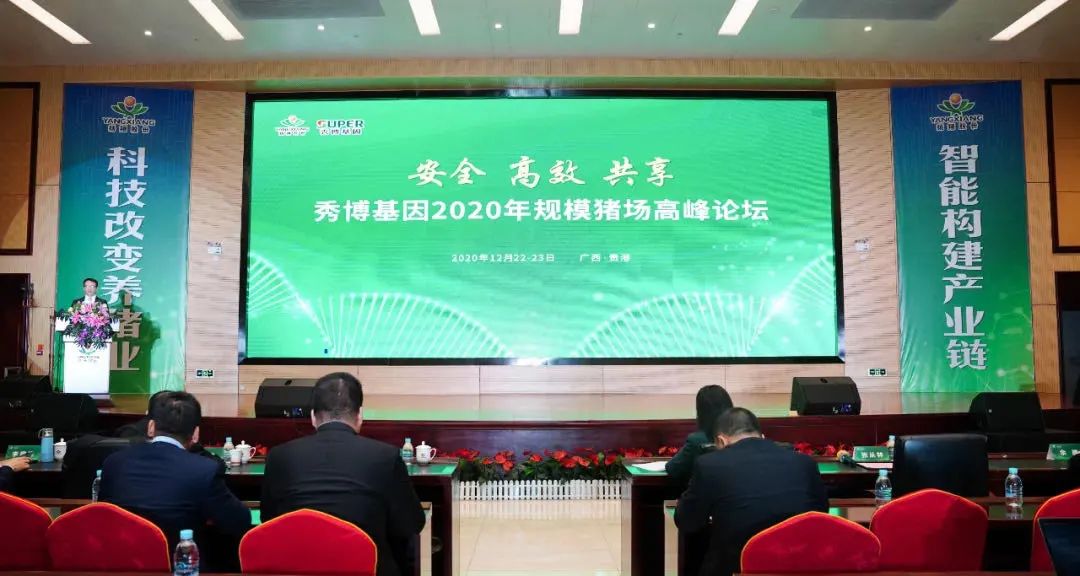
Dr. Zhu believes that China’s pig herd has recovered to about 90% of a normal level at end-2020, or at about 390 million heads. In mid-2021, the capacity release of newly expanded farms will be at its peak and the annual hog production could reach 616 million heads. In and after 2022, a hog supply surplus is possible and sow performance will become a decisive factor. Leading producers are still expanding amid a profitable time, and their market share could rise to 20%-30% from 12.5% before ASF.
In terms of pig prices, Dr. Zhu said they would fall significantly in Q2 2021 as consumption decreases after the Chinese new year and capacity release peaks. In Q4 2021, pig prices would return to a normal level of 15-18 CNY/Kg (2.32-2.78 USD/Kg). The so-called ‘pig cycle’ may be also extended to 5-6 years from 4 years.
In terms of pork imports, Dr. Zhu said they would decline significantly following the recovery of domestic pig production, but could maintain a high level of about 3 million tons (compared to more than 4 million tons in 2020). COVID-19 is still expected to affect domestic pork consumption and international pork supply, and the imports will have more influence on the domestic sector.
